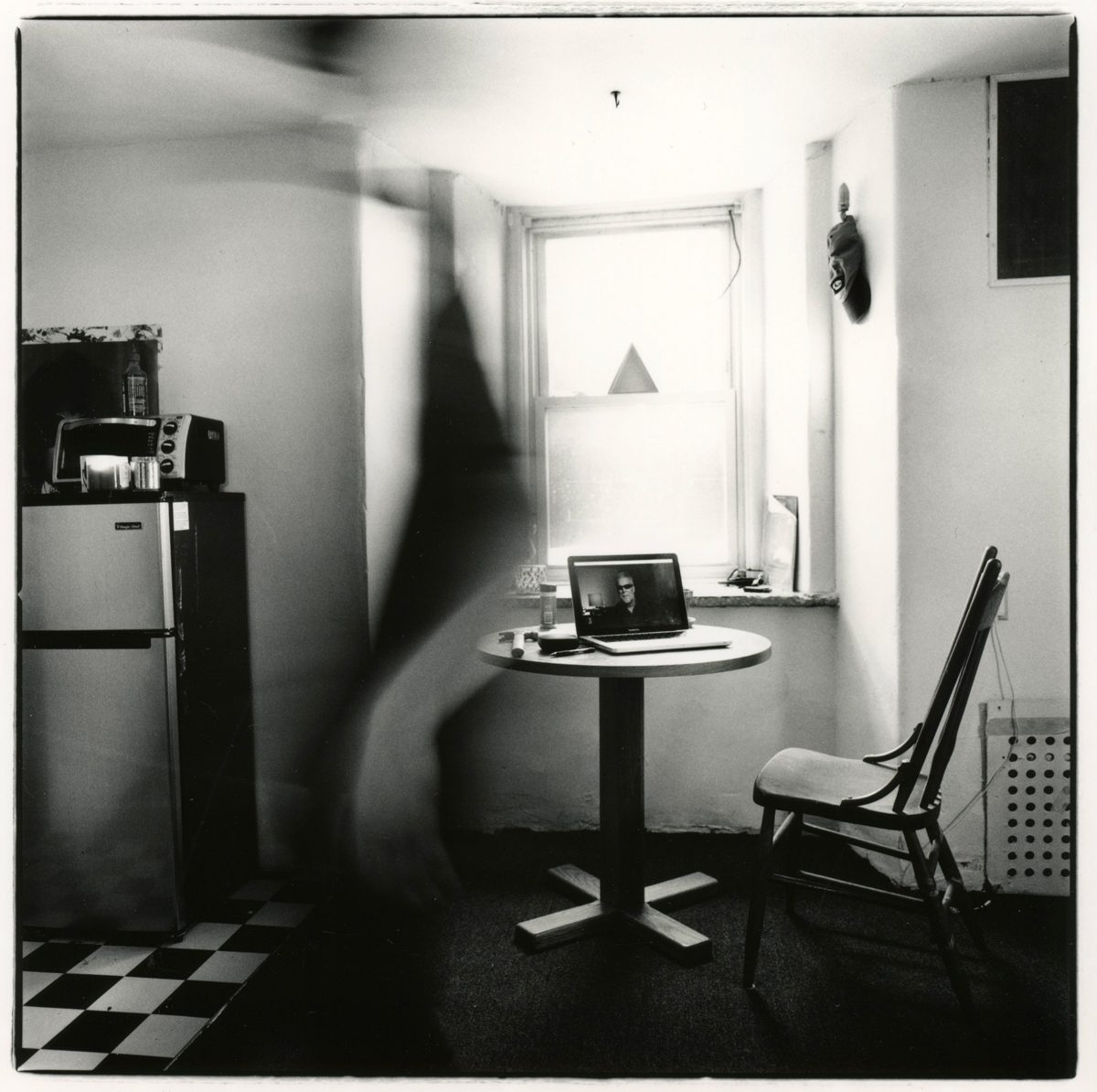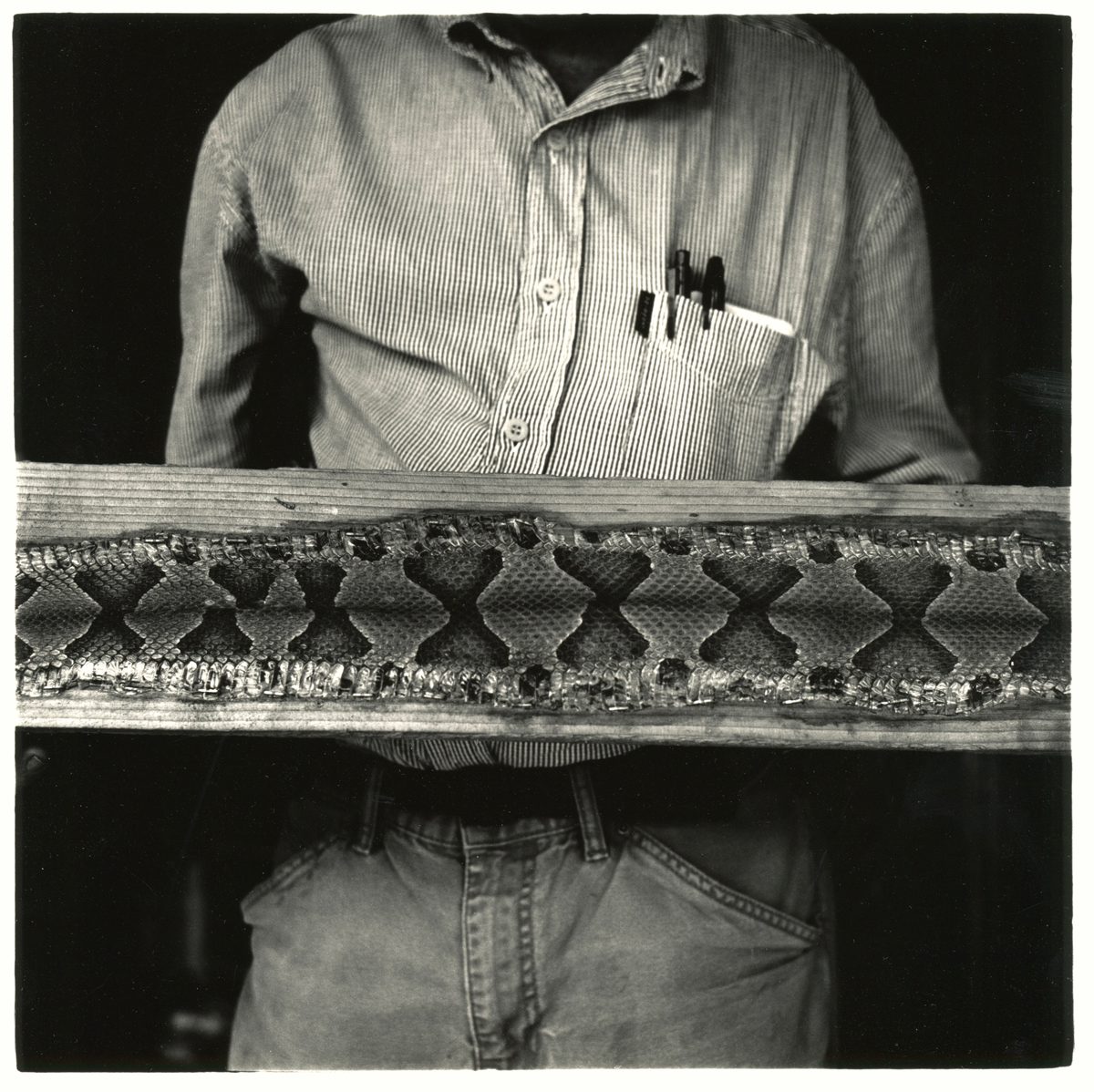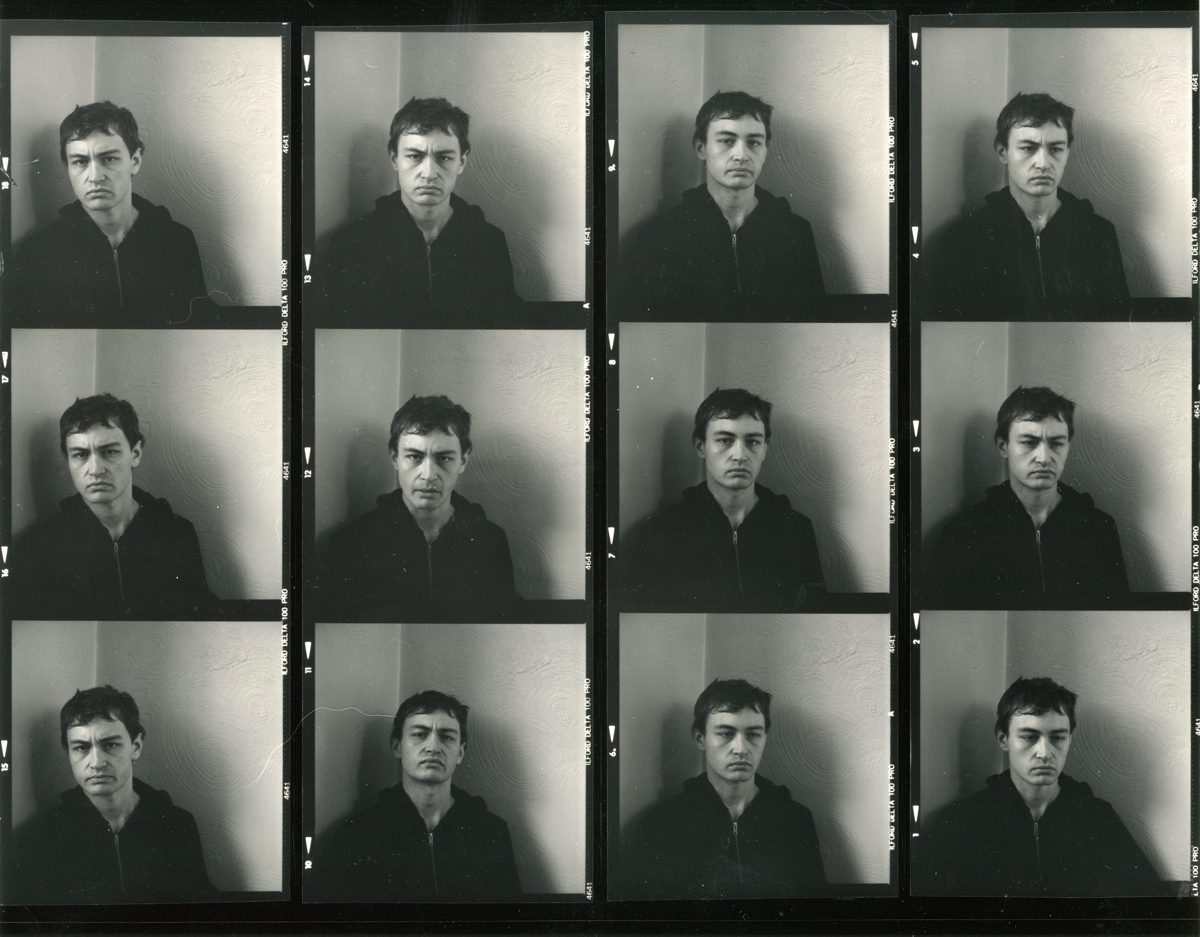A Chemical Refutation Of Forgetting Posted On 14th November 2023 To Magazine & Stories

When I Was A Teenager
Mine is a common story with photography in that my dad gave me his 35mm camera when I was a teenager. I shot his Minolta until I dropped it a few too many times and the light leaks became punitive. Soon after, I stumbled into the darkroom just as casually after I found my dad’s enlarger in the back of a closet and my friend, Joel, taught me the basics of printing in a few hours (I didn’t realize how difficult that would be). I didn’t have or know about filters and had no technique or goals. On the floor of my bedroom, I printed my negatives and even slept next to my enlarger. I kept these prints and, 20 years later, they are surprisingly not terrible.
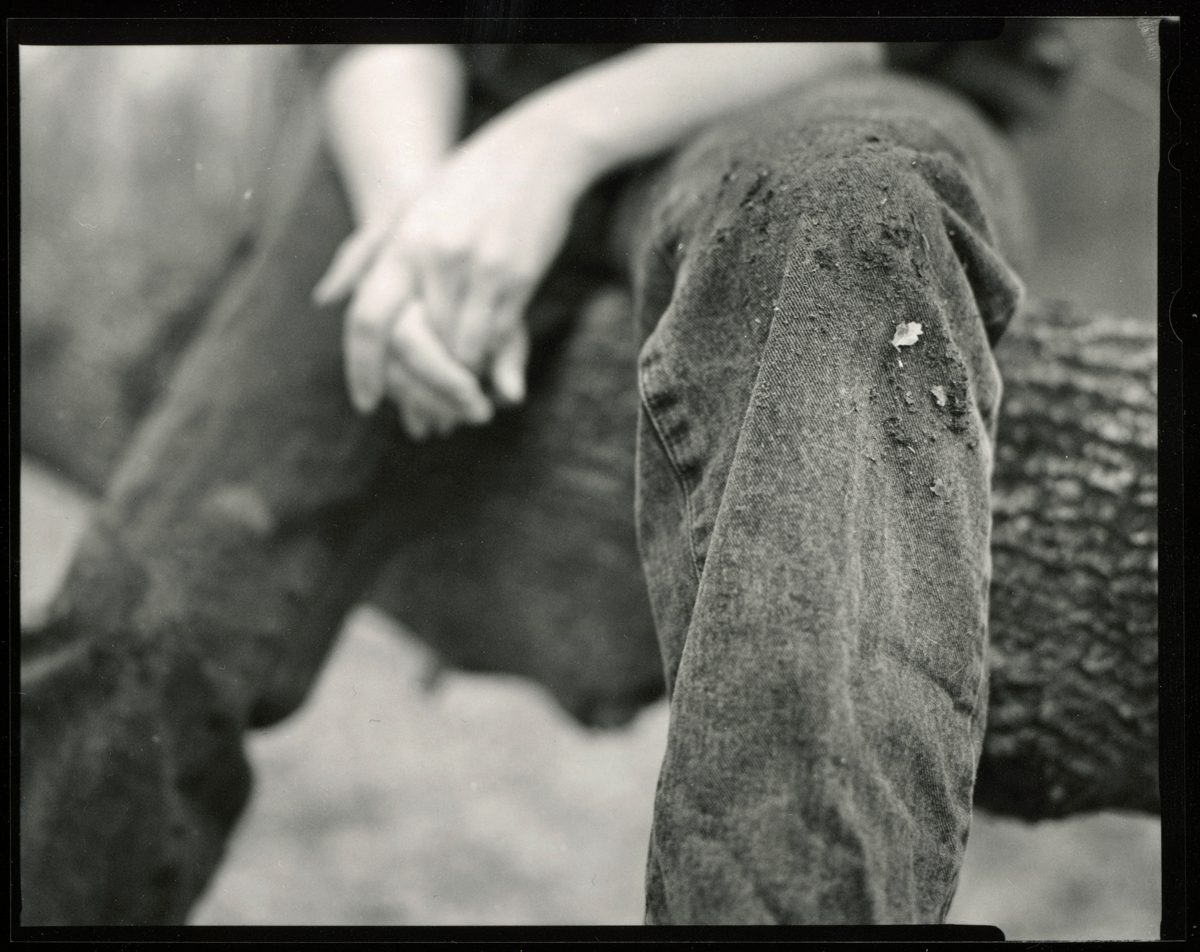
ILFORD MGFB Glossy - ILFORD HP5+
The Hasselblad
I put photography aside for a few years while I was in graduate school until a colleague gave me his Hasselblad he’d gotten at B&H in 1983. I still don’t understand how he anticipated but that camera rekindled everything. Once I started working with the Hasselblad, it was all over. Shooting again lead me to a local community darkroom. I printed there until it was clear I would use a darkroom at home enough to warrant the project. At that point, my partner and I started work on my darkroom.
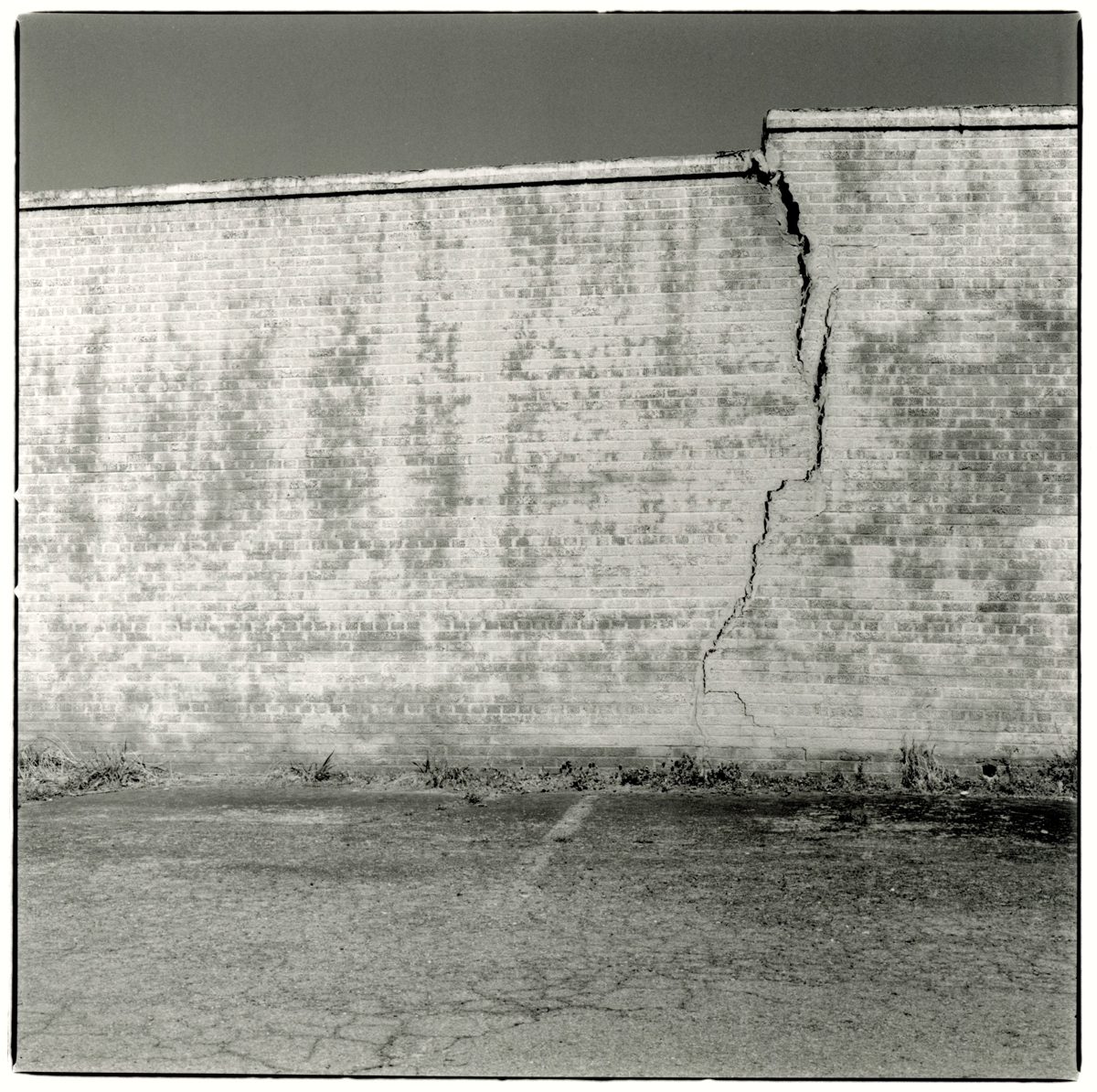
ILFORD MGFB Glossy - ILFORD FP4+
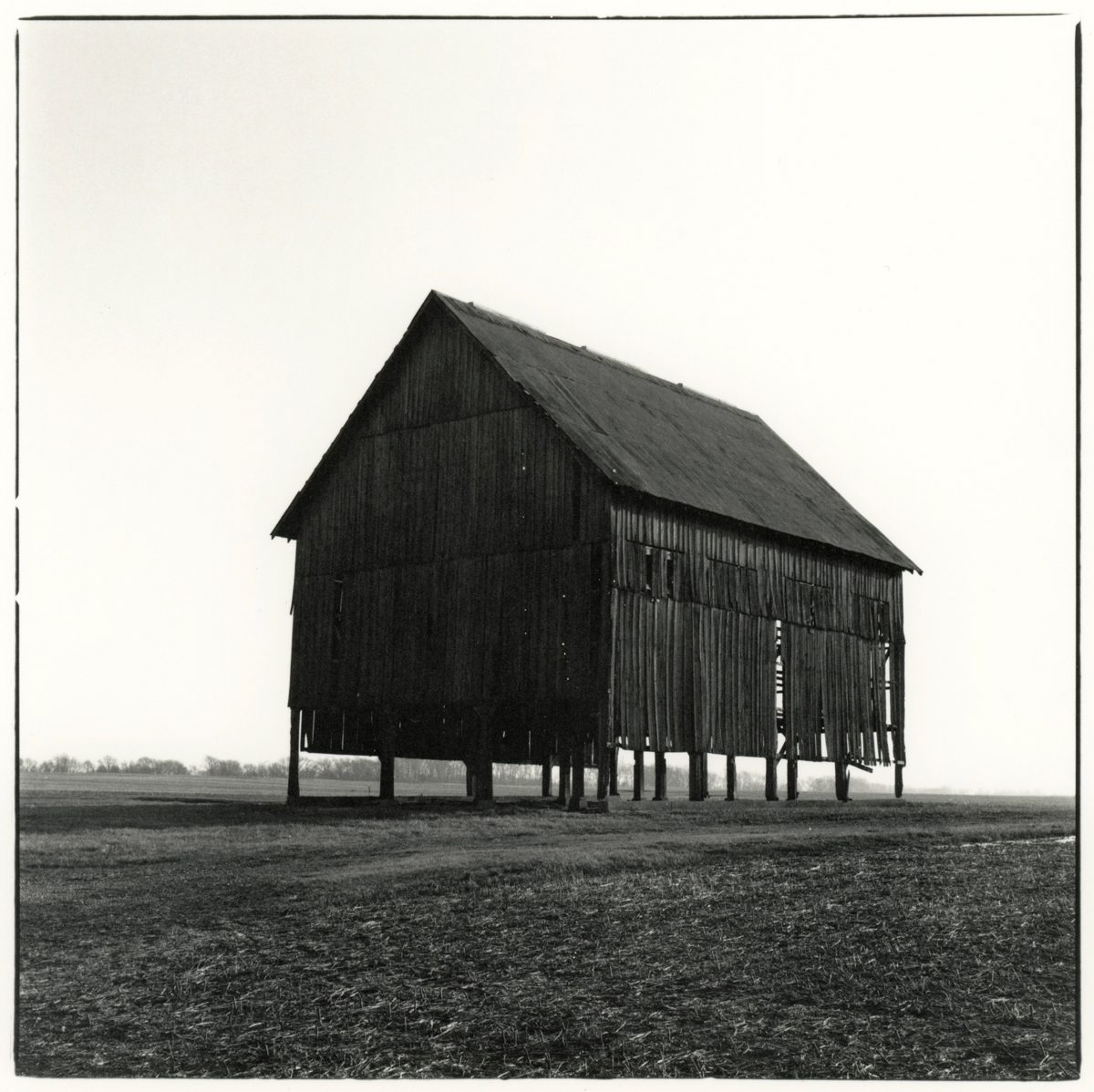
ILFORD MGFB Glossy - ILFORD FP4+
It's Key To Collect
I’ve now had a darkroom at home for a few years and use it several days a week for developing film and printing. I have two side by side Besslers and print from 35mm up to 4x5. I’ve enjoyed seeing other people’s darkrooms and coveting things they have that I want (like a giant paper cutter) and feeling relieved about what I have (a heat press). I learned from all the people who have helped me that it’s key to collect every darkroom thing you can even if you don’t need it right then.
Printing is like drumming
I print every week and have enjoyed getting better and worse at in complementary ways. I recently went through all of my old prints and threw away 15 pounds of prints that illustrated the progress I’ve made by their now intolerable deficiencies. Printing is like drumming - there’s an idea of “mastery" but that just means you see where you need to innovate.
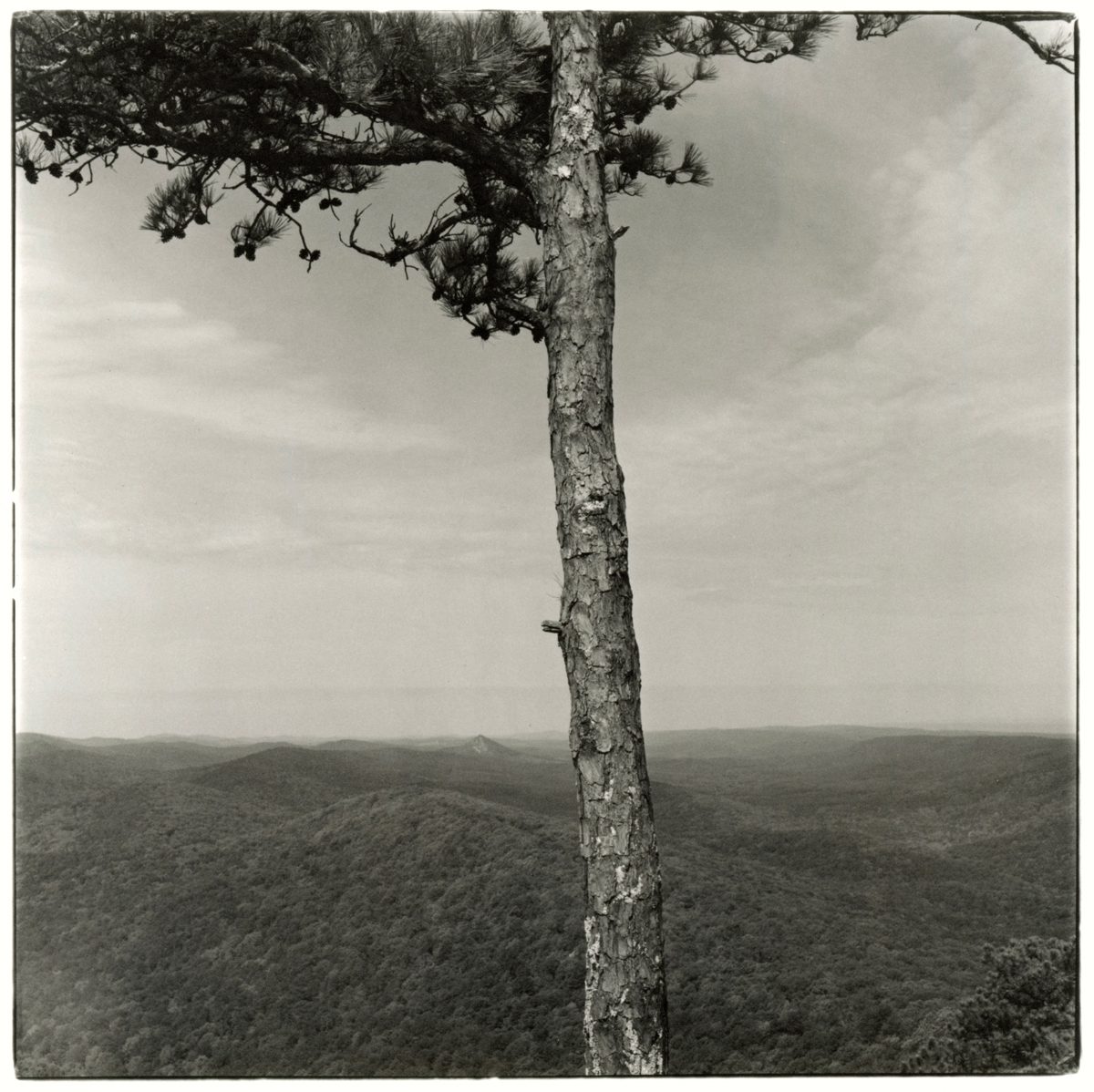
ILFORD MGFB Glossy - ILFORD HP5+
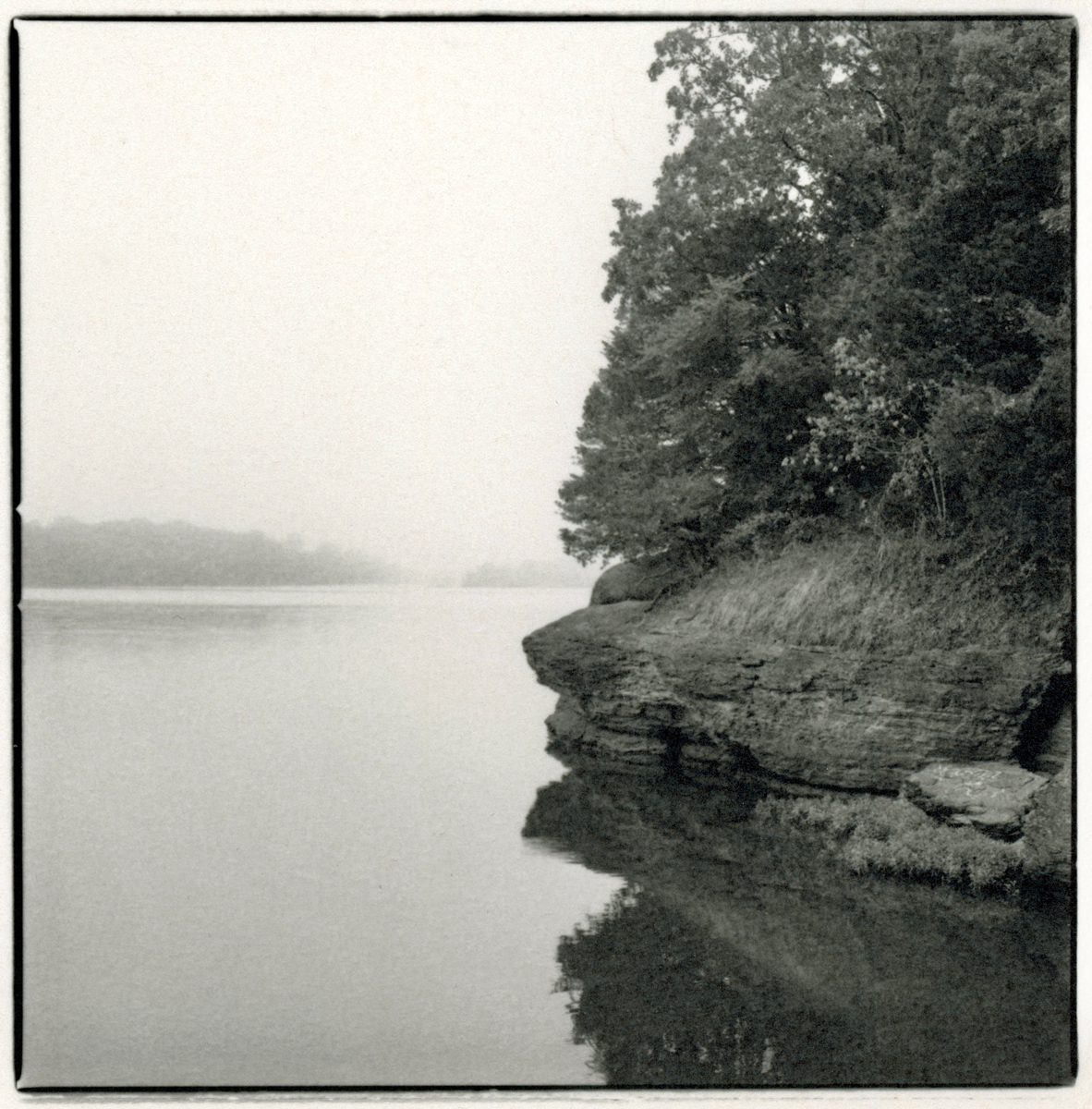
MG Art 300 - ILFORD HP5+
Techniques In The Darkroom
Over time, I have developed some techniques in the darkroom that I can apply as needed like split filtering plenty and pre-flashing paper for printing portraits. I have lost the battle with dust and dog hair so work on acceptance. I’m always listening to music while I print, searching for music that vibrates with my intuition, eliminating the need for test strips (so far it’s various experimental rock bands from 1970s Germany).
I love holding prints
I’m not into scanning and still make contact sheets on whatever RC paper I have (often Kentmere) and I keep my prints in ILFORD boxes and can judge from the stacks of boxes that I mostly use fiber based glossy. I’ve been doing a long-term portrait project and make 5x7 prints for the subject on fiber based matt. For many portraits, my preference leans towards using fiber-based semi-gloss warm-tone paper. The art 300 is mainly used for the rare negative that I want to see in a way my mind melts into the surface of the paper. I selenium tone everything. The best part about making prints is that I love watching people hold and see the prints. I love holding prints. There is nothing like every step of film photography, all the way up to putting the prints in boxes as externalized memories.
About The Author

Rebekah Teague
Rebekah Teague was born and raised and is getting old in the states bordering the Mississippi River. She grew up in Arkansas where her pa gave her his Minolta XG-A when she was a teenager. She right away started harassing the world, photographing everything, beginning with the scenes and people of Donnel Ridge Road. 20+ years later, she continues to see the benefit of photographing everything, a substitution for memory and mythology. She currently lives a few blocks from the Mississippi River in Minneapolis, Minnesota where she uses small, medium and large format cameras and prints in her darkroom at home. Her camera collection is complete.







